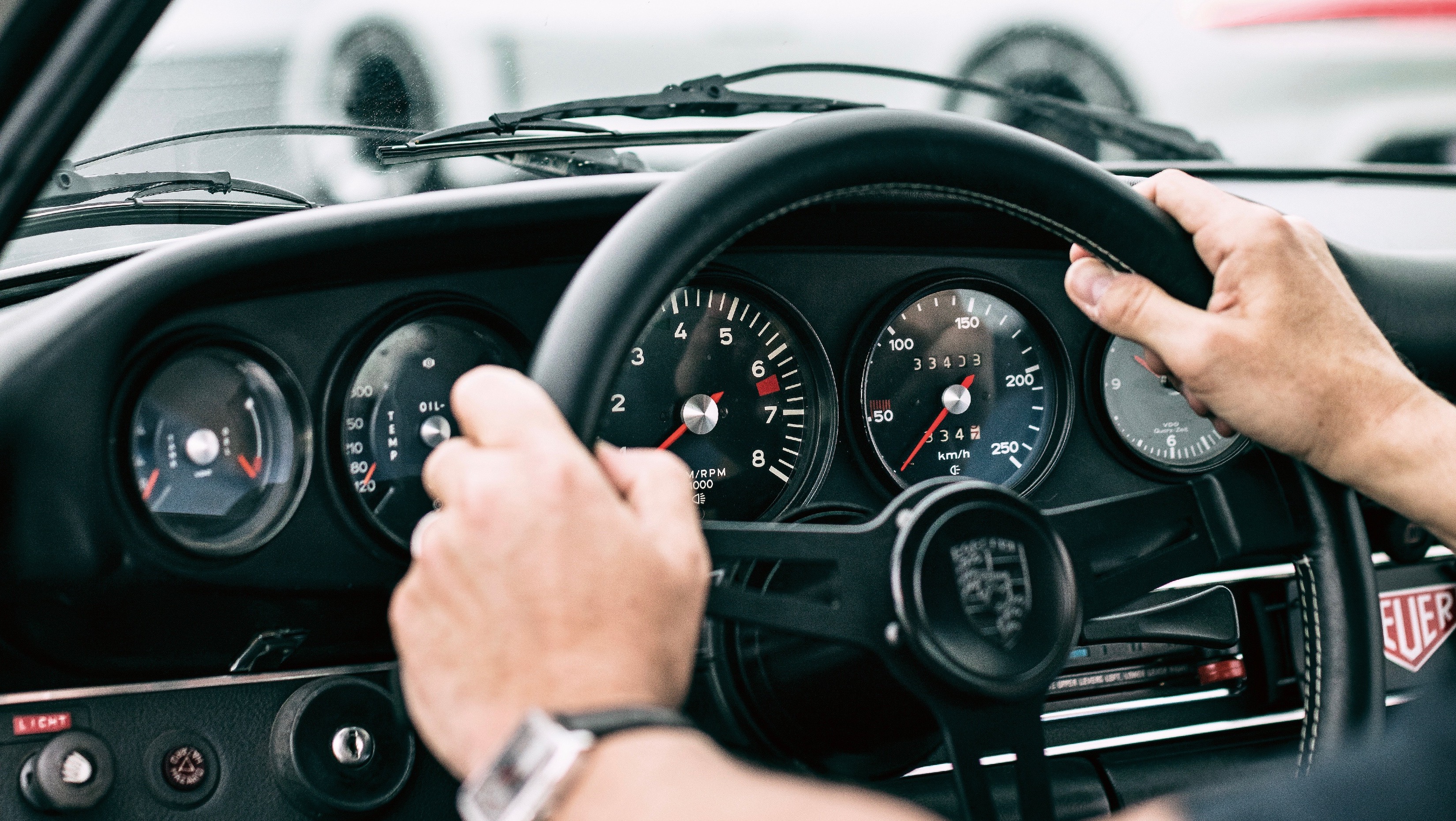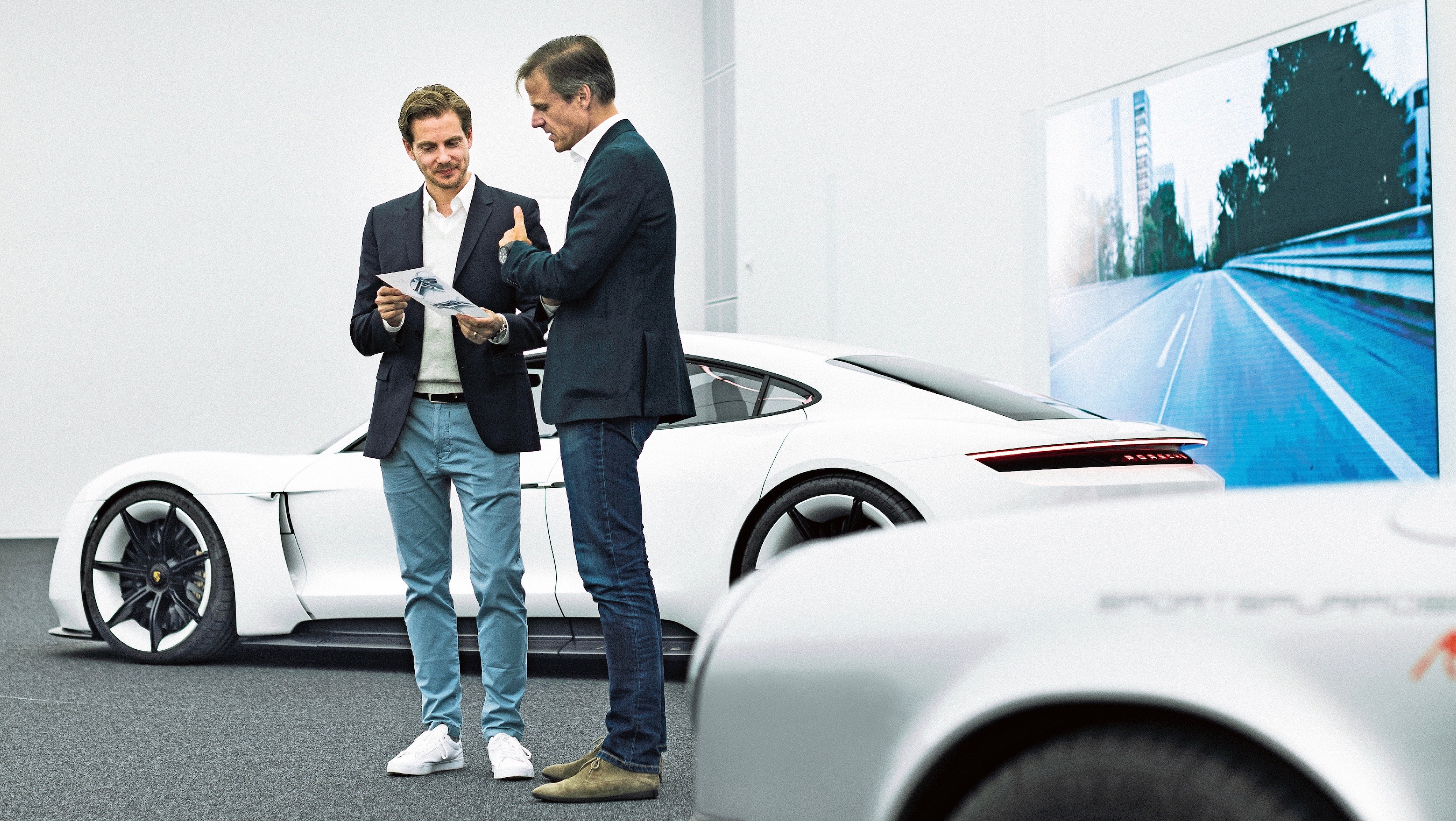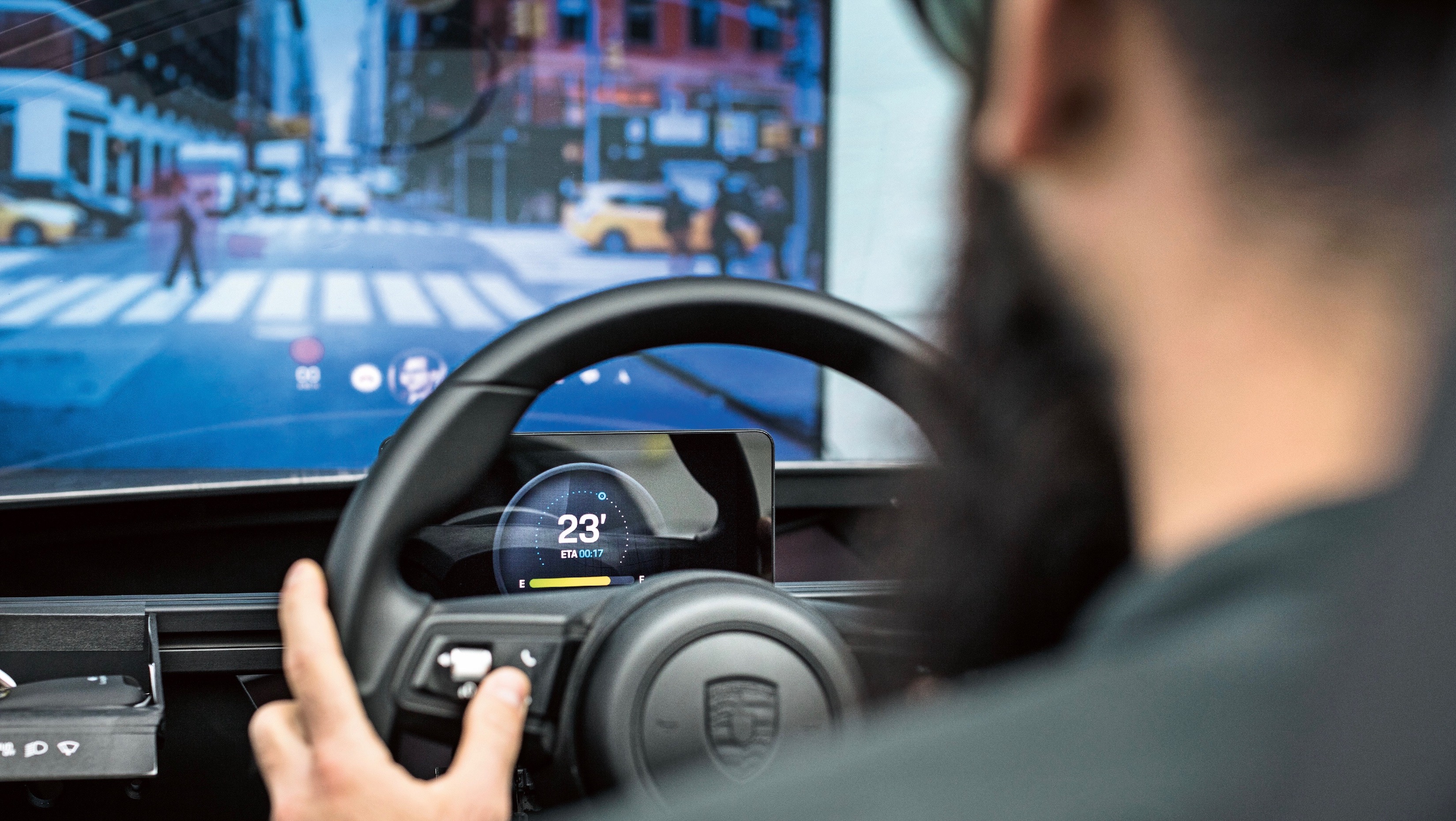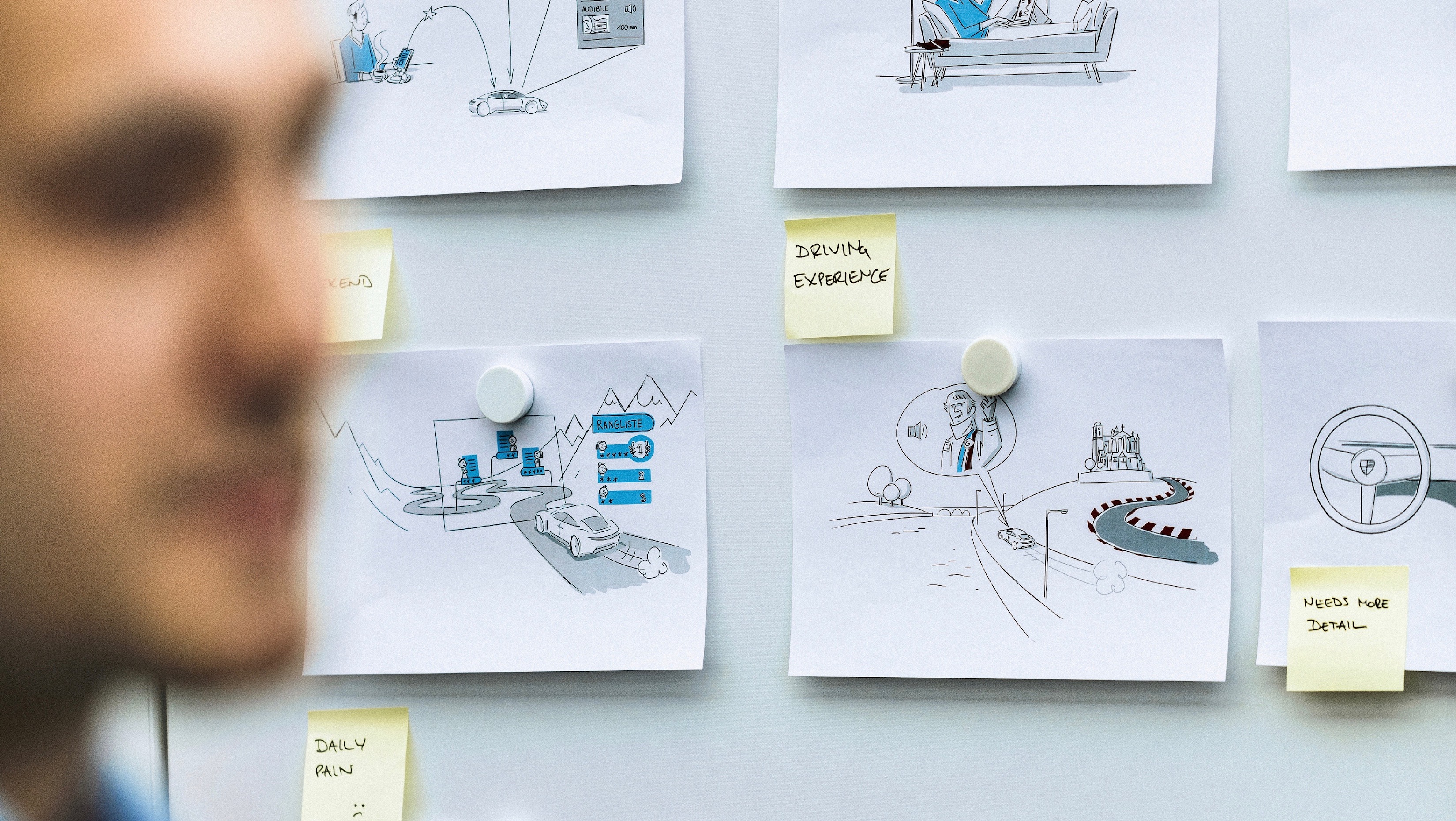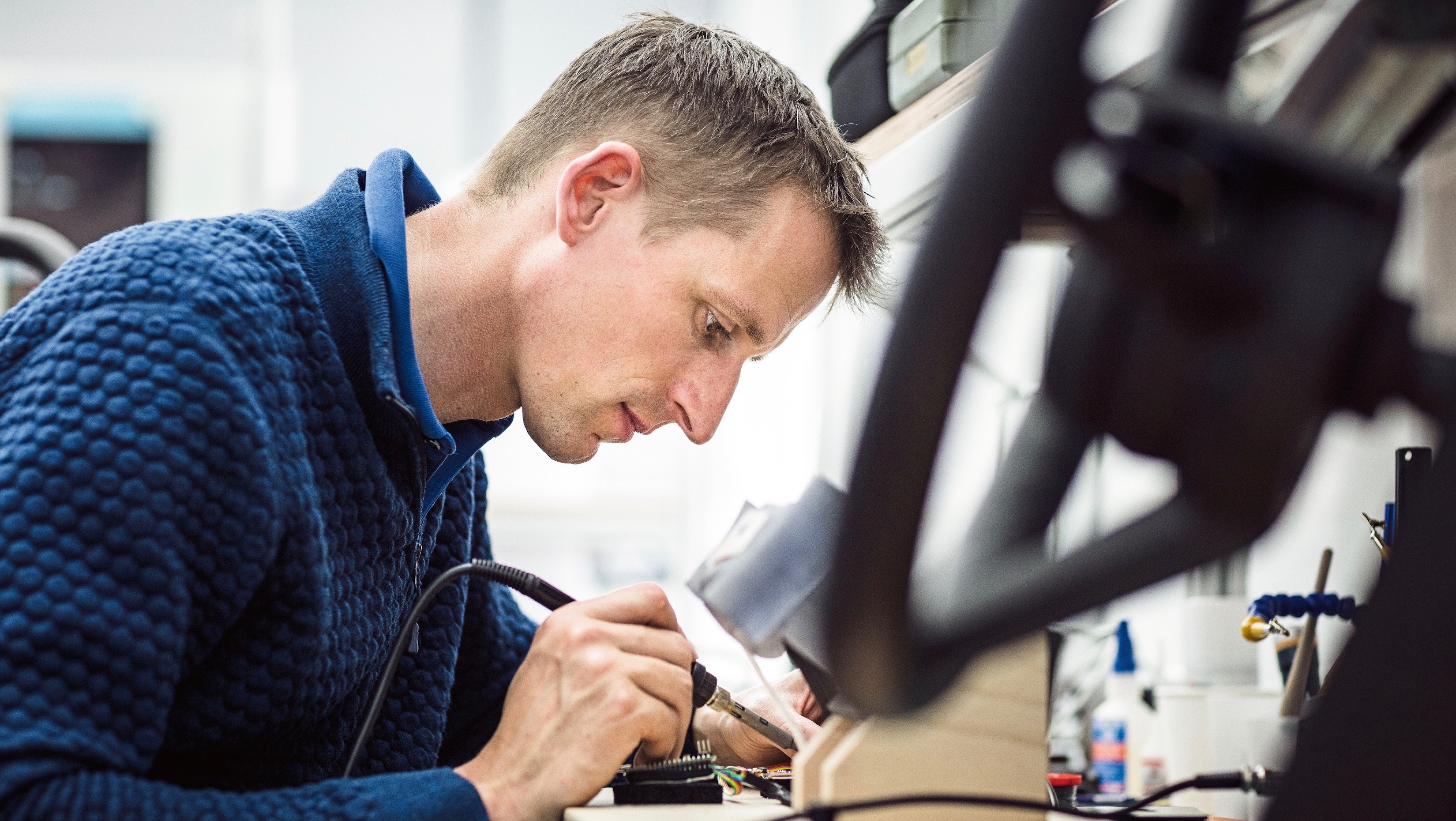Porsche New Design Center Focused on the Future
A visit with Porsche designers provides insight into the creative process of developing forward-thinking technology.
At the new Porsche Design Center in Weissach, Germany, brand stylists and the design team work on creating technologies that will continue to push Porsche forward into the future. The Porsche of the digital age is still unmistakably a sports car, and that means it’s a driver-focused affair. Porsche doesn’t just want their drivers to go fast on the road, they want drivers to quickly access and fully utilize all the car’s functions, enhancing the driving experience. Behind the scenes is a talented group that create the cars of the future, while remembering what made Porsche unparalleled in the past.
“The main difference between a Porsche and other brands will always be that, with us, the driver has a choice,” says Chief Designer Michael Mauer. To that end, it is a collaborative effort. “We first discuss things within the group. People suggest ideas. Quick sketches emerge. Then the topic is developed further in a project group, and after a short time–in many cases less than a month–we have a result.”
The primary objective for Porsche is always a fascinating and exceptional driving experience. This very experience is the focus of all the work that goes into the car, including what was successful in previous cars. All research begins with a look back at the past. Using the example of a 1973 911 T, designer Thorsten Klein describes the elements that make the interior of a Porsche unmistakable to this day. “The 911 is our reference for every new development,” says Klein. Referring to the round instruments with the tachometer in the center he states, “That obviously isn’t present in the all-electrically powered Mission E, but the principle of driver-oriented instruments is naturally the same.”
The scope of the interior design encompasses not only how displays are designed but also what’s seen on them. Ivo van Hulten, head of interior design with Porsche says his guiding principle in interior design is distraction-free operation, and simply: Less is more. This is no small task in the age of ubiquitous technology.
When the team at Porsche develops solutions to enhance driving, the process always starts with this question: What does the everyday life of a Porsche driver look like? Members of the team spend several days with customers, and non-customers. They use this information to then deliberate on how problems can be resolved ideally for the customer, focusing on customer-friendly solution.
Next, concept developers, designers, engineers, electronics experts, programmers, and modelers work hand-in-hand. The world of design is an increasingly digital one, yet the beginning of every Porsche interior is still a sketch, pencil on paper. Not one, but many sketches. And of those, many are thrown out. Mauer explains, “We work a lot with the trial-and-error method. Errors are welcome, because they make clear what doesn’t work.”
The remaining designs are then transferred into a digital model. Over multiple steps, a virtual interior is developed in which the developer, equipped with a pair of data glasses, can take a seat before even a single prototype has been built. Van Hulten explains: “This allows us to experience many more variants in a real way.” Once the broad strokes are clear, the style experts return to the analog world. Form and function alone don’t define the interior environment. Colors and materials are necessary to complete the overall appearance.
When it’s time to finally assess the results, the designers rely on gut feelings. “Our task isn’t to linger reverently in the past but to further develop the company’s distinctive identity for the future. Retaining the essence and translating it into a design language that’ll be understood in the future,” Mauer states. Those who first sit in a Porsche in 2030 should feel it: that Porsche feeling, the 911 genes.
Looking towards tomorrow, Porsche is ready to embrace change. The design team is trained in the art of anticipating what’s to come and imagining the world of tomorrow. Says Mauer, “For creatives, this acceleration in the pace of change is an inspiring state to be in.”

